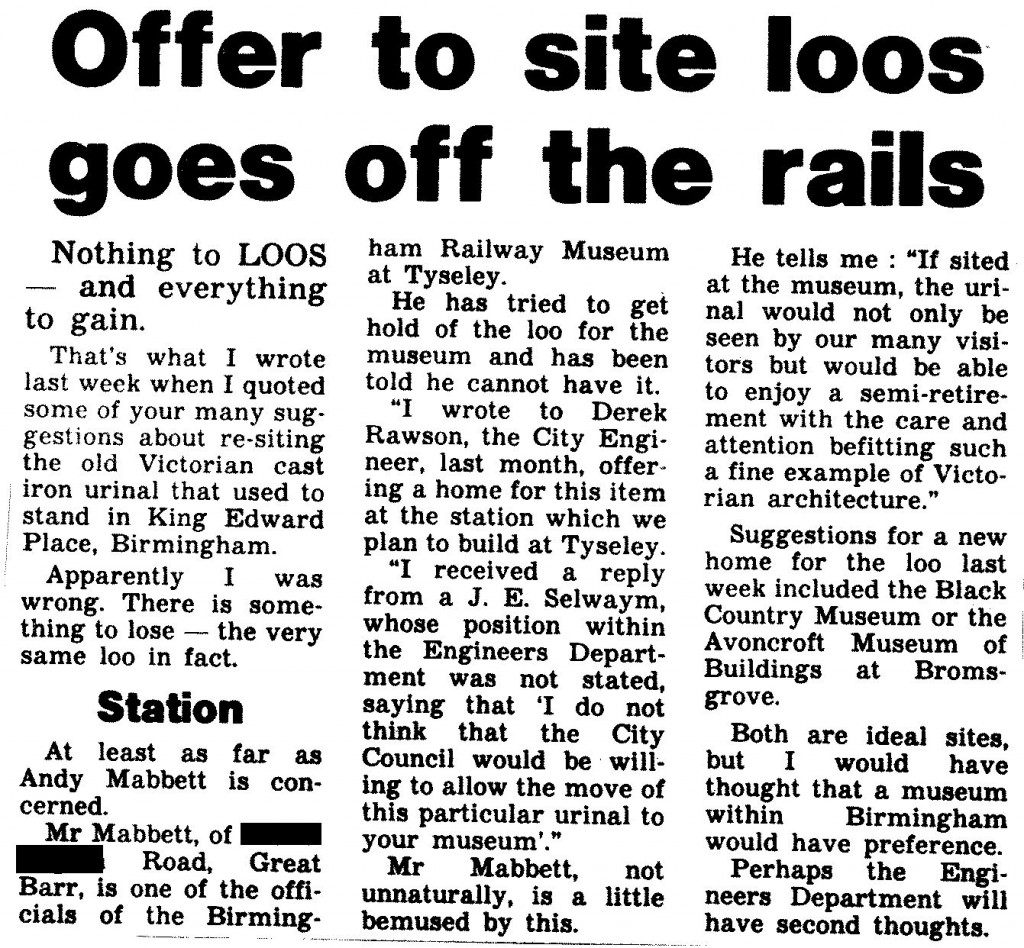This post was renamed from ‘Tips for LocalGovCamp newbies‘ in April 2012, to make it more easily findable
I’m delighted to be going to LocalGovCamp on Saturday; my second event of that title and one of many unconferences I’ve attended in recent years. I hope to see you there.
Coral Musgrove asked me, on Twitter, for advice for unconference newbies.
@pigsonthewing advise on localgovcamp for newbie?
— Coral Musgrave 🇪🇺🇬🇧🇳🇴 (@travellingcoral) June 16, 2011
I’ve come up with the following, which apply equally to any unconference:
- Don’t expect to be able to go to every session. Sessions are run in parallel, and though a few may be repeated, most aren’t. So if you want to go to two that are happening at the same time, buddy up with someone with the same desire, and agree to go to one each then share your learning. Also…
- Follow the event’s tag/ hashtag (e.g. #LocalGovCamp) on Twitter, on Flickr, on SlideShare and
on Delicious[Update: Delicious became awful when it relaunched, I now use Pinboard]. (The same applies if you don’t have a ticket for the event — better luck next time!) The sessions you couldn’t attend (and those you did) will most likely be blogged about, by the presenter or attendees. Which leads to… - Be prepared to blog about the event yourself, in the following day or two and…
- If you can, tweet about the event while it happens, and at the same time…
- Ask questions. Unconference sessions are conversations, not lectures. And if you can…
- Speak about your own experiences and knowledge, chip in, and share what you have. Unconferences (unlike most traditional conferences) are for sharing.
- Evangelise about the event when you get back to work…
- Get your colleagues, and bosses, to read the most relevant blog posts.
- Find about similar events near to you. If there are none…
- Think about running your own unconference, or a smaller event, or even a social media surgery. Others will help you!
But most of all have fun! You’re probably attending the unconference in your own time; and it’s a social event as much as it is about work.
Please add any other tips in the comments, below.











